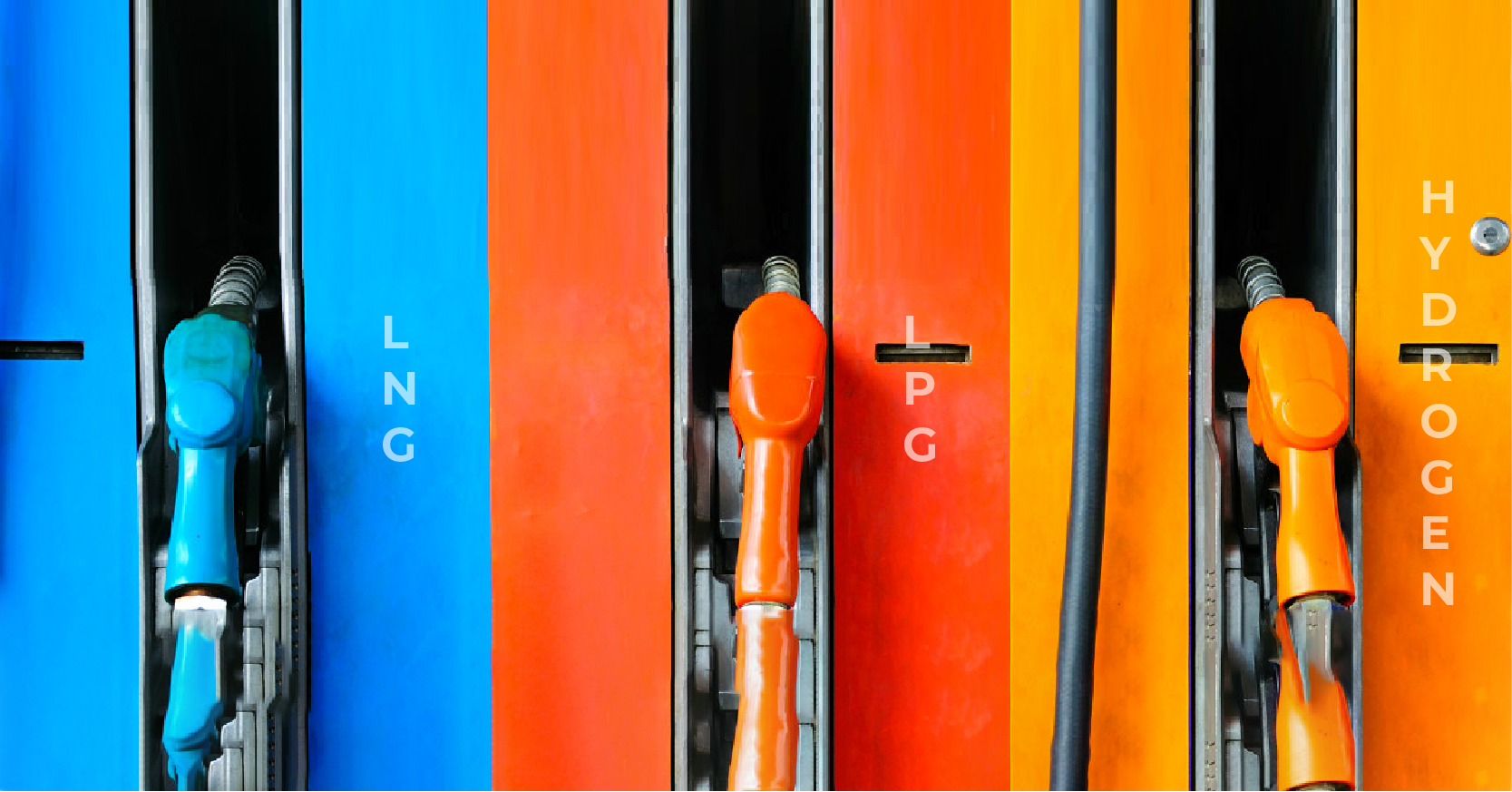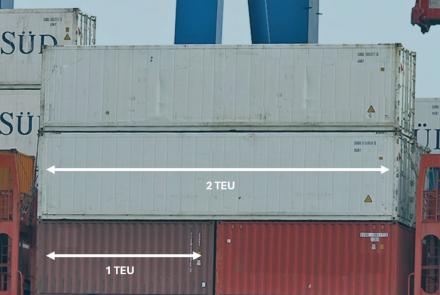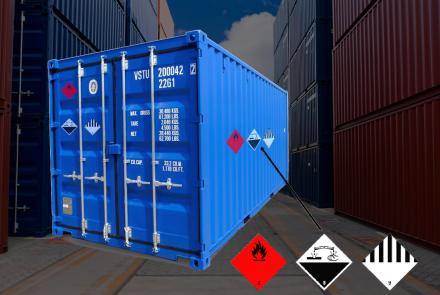Alternative fuels and technologies for ships

Greenhouse gas emissions and their impact on the ecosystem are one of the main topics of study among environmentalists world-over. The Paris Agreement of 2015 is a legally binding international treaty on climate change that came into effect in November 2016. It aims to bring down global warming to 2 degrees Celsius or less, to reduce the risks associated with climate change.
Over 75% of the total marine fuel consumption constitutes low-grade residual fuel which is also known as heavy fuel oil (HFO). This oil has a high concentration of sulfur and is mostly used by cargo ships. Issues concerning engine exhaust emissions that pollute and greenhouse gases (GHGs) are the challenges faced by the marine shipping industry. International regulatory bodies like IMO and environmental agencies have promulgated new regulations that attempt to lessen GHGs and emissions from ships. The aim is to introduce low-carbon fuels and save the environment.
Shipping contributes roughly 2 to 3 % of the world’s greenhouse gas emissions. Many substitutes to the conventional crude oil-based ship fuel are being researched and experimented with to understand their feasibility, including its cost implications, accessibility, infrastructure and the technology required to implement the changes.
LNG, LPG, methanol, biofuel and hydrogen are seen as the most promising alternative fuels for shipping, besides the introduction of battery-powered systems, and wind-assisted propulsion.
Let us explore briefly some characteristics of alternative fuels.
Liquefied Natural Gas (LNG)
LNG has an almost identical composition as natural gas used by households for cooking. Its main constituent is methane, which is a hydrocarbon fuel with the least carbon content. LNG as a fuel for the ship is one of the most encouraging innovative technologies, and it is gaining interest worldwide. It is expected to reduce sulfur oxide emissions by 95%. The low carbon content in LNG also results in a 25% reduction in carbon dioxide emissions although it cannot alter this to a level that would be needed to address climate change issues.
To establish LNG as a fuel of the first choice, a global network of LNG bunkering terminals must be set up. This will extend the reach of LNG-fueled ships beyond coastal trade routes. At present LNG bunkering is costly and complex compared to fossil fuel bunkering, and the facility is available only in a few places. Stockholm port has established an LNG bunkering port with dockside fueling and a special ship to carry out ship-to-ship fueling.
Liquefied Petroleum Gas (LPG)
LPG is a highly inflammable blend of hydrocarbon gases used as fuel for cooking, heating appliances and vehicles. It is a mixture of propane and butane in liquid form and can be stored and transported in pressure tanks at ambient temperature.
Methanol
Methanol is the most basic form of alcohol with the least carbon content and the highest hydrogen content in any liquid fuel. It is a basic building block of hundreds of essential chemicals and can be used as a fuel for transport. It is produced from feedstock resources like natural gas, coal or from renewable sources like biomass, carbon dioxide and hydrogen.
Biofuel
Biofuels are obtained from edible crops, non-edible crops, algae and animal waste. It is considered as a renewable energy in contrast to fossil fuels like coal, petroleum and natural gas. On top of its contribution to reducing greenhouse gas emissions, biofuels decompose quickly. So in the event of a spill, there’s reduced danger to the marine environment. Biofuel’s versatile nature enables it to be mixed with conventional fossil fuels to drive internal combustion engines.
Hydrogen and Power to Fuel (PtF)
Hydrogen is produced by separating it from the other molecules where it occurs. Hydrogen atoms can be separated from water, hydrocarbons in coal, petroleum, natural gas and biomass. It can be used as compressed or liquefied gas. When combined with carbon dioxide, hydrogen can be converted to methane gas, also referred to as power-to-gas (PtG). Methane can be turned into liquid and used in a manner similar to LNG. Hydrogen and carbon dioxide can be turned into liquid fuels (PtL). These processes are also known by the common term power-to-fuel (PtF).
The disadvantages of hydrogen are its high production cost, transportation and storage. Compressed hydrogen has a low energy density by volume, so consumes enormous space for storage. Liquid hydrogen needs to be stored at extremely low temperatures and results in energy losses. It also requires strong and well-insulated fuel tanks.
Battery
Batteries can store electrical energy for propulsion and this presents opportunities to enhance the power system. Continuous advancements in battery technology and rising demand have resulted in falling production costs.
Wind-assisted ship propulsion
Wind is an inexhaustible source of energy. It was the primary method used to propel vessels for hundreds of years. Today, in the light of new regulations coming into force to reduce dependence on fossil fuels, wind-assisted propulsion for ships is a topic of increasing attention and research.
Reducing carbon emission in a sustainable manner with the use of alternative sources of energy is a big challenge being faced by the maritime industry. With the ever-continuing technological improvements, one can expect the shipping industry to harness the new innovations and contribute their share to reduce atmospheric pollution and manage climate change.
- Log in to post comments






